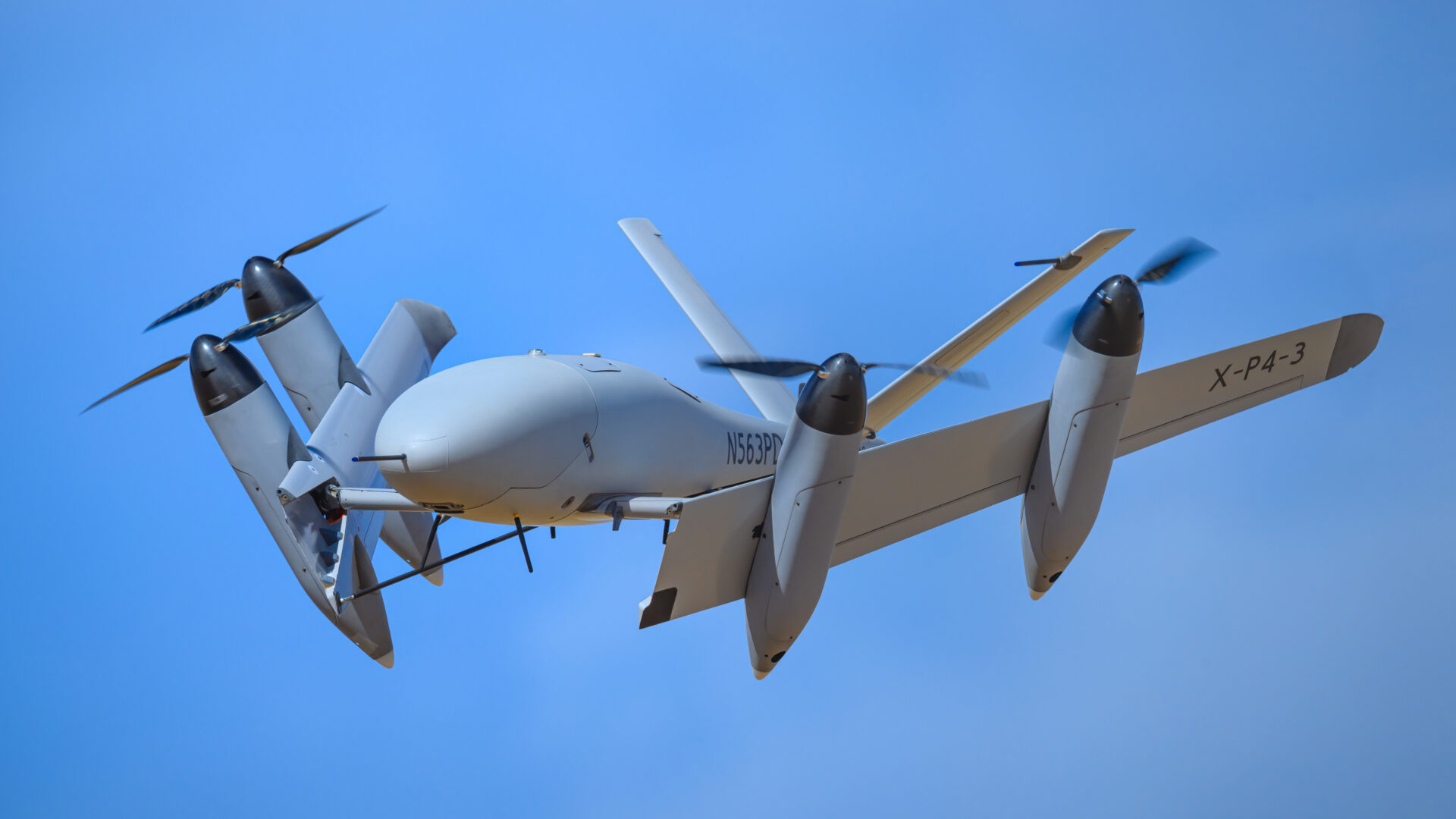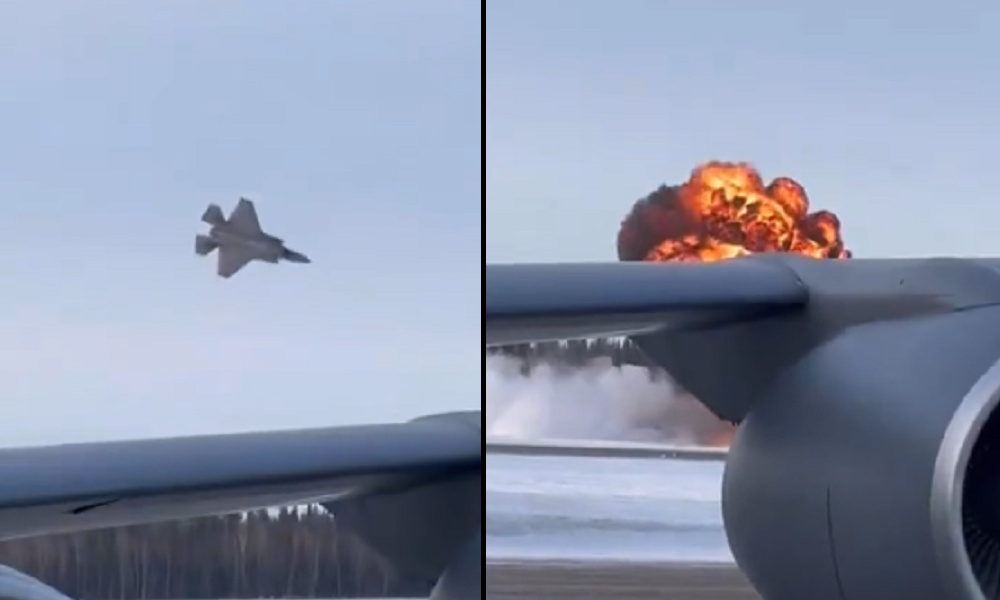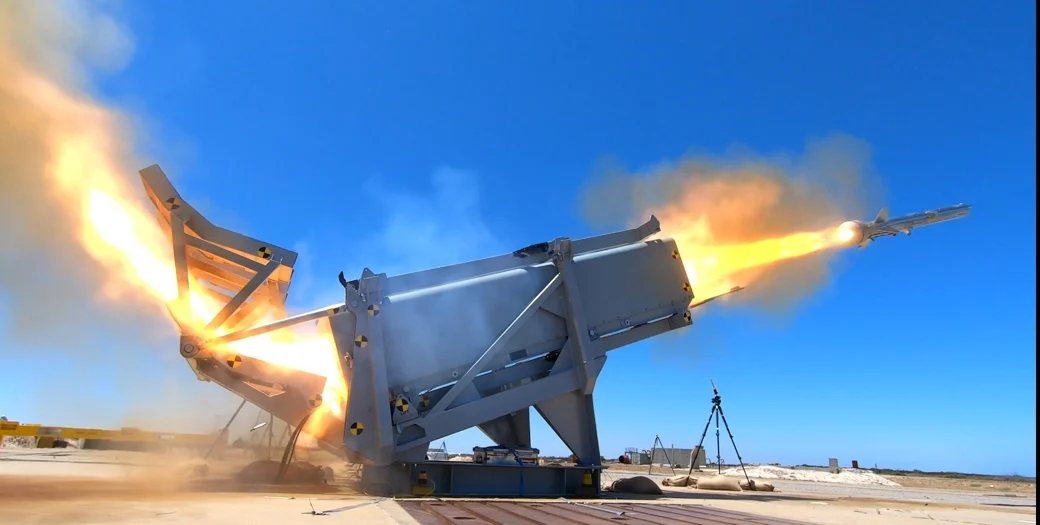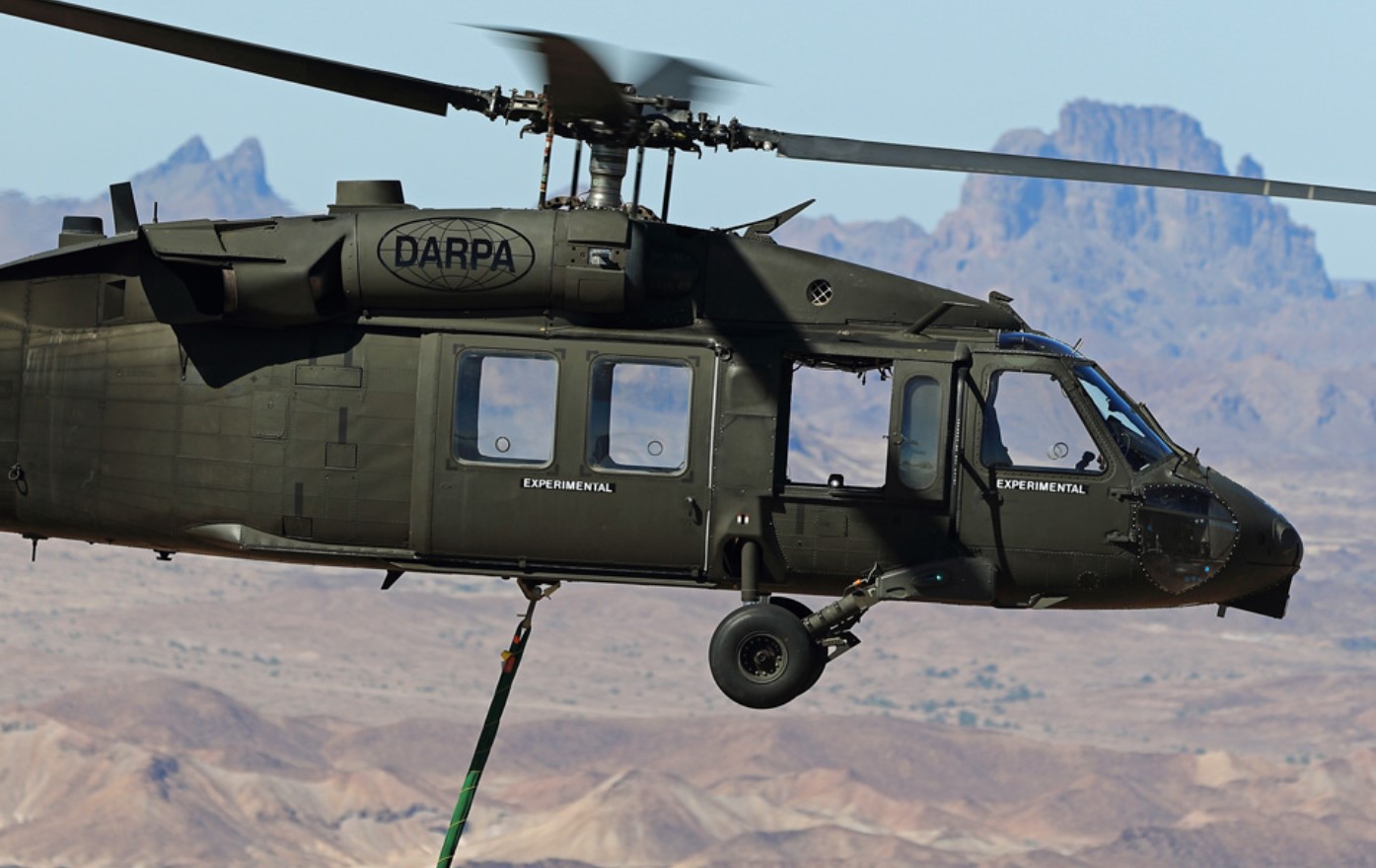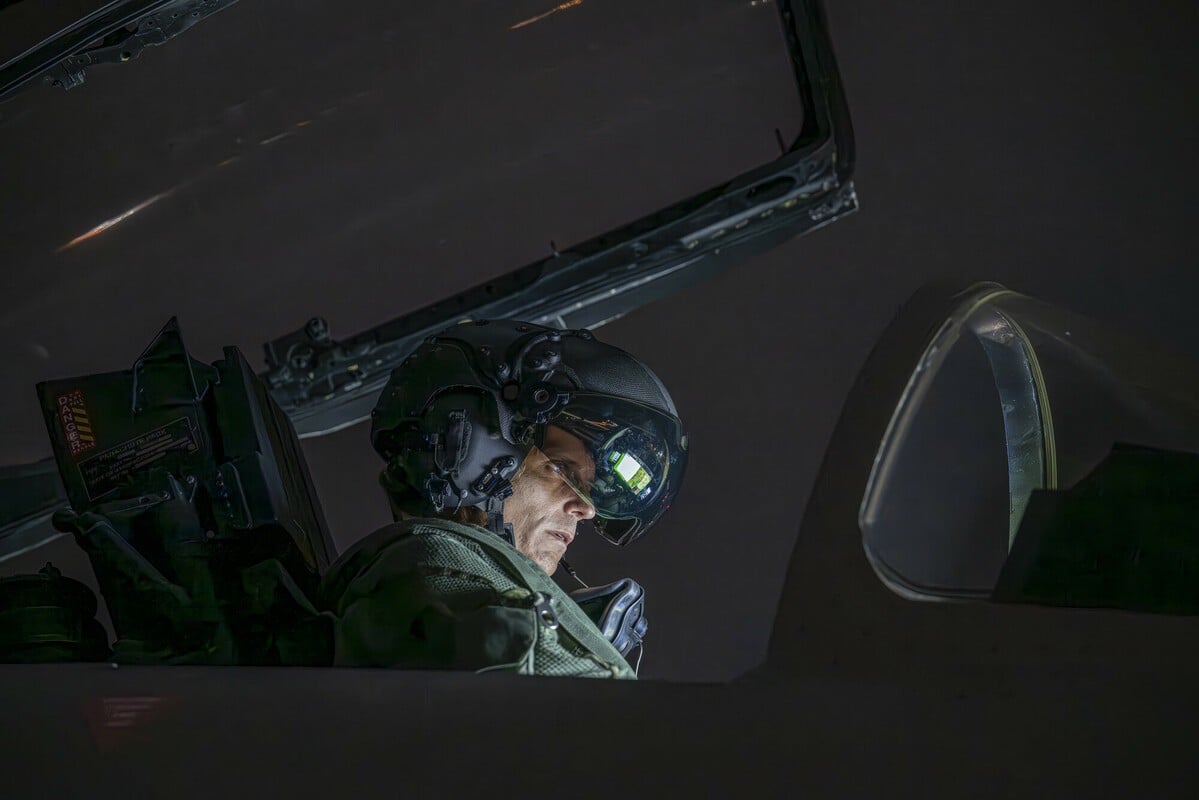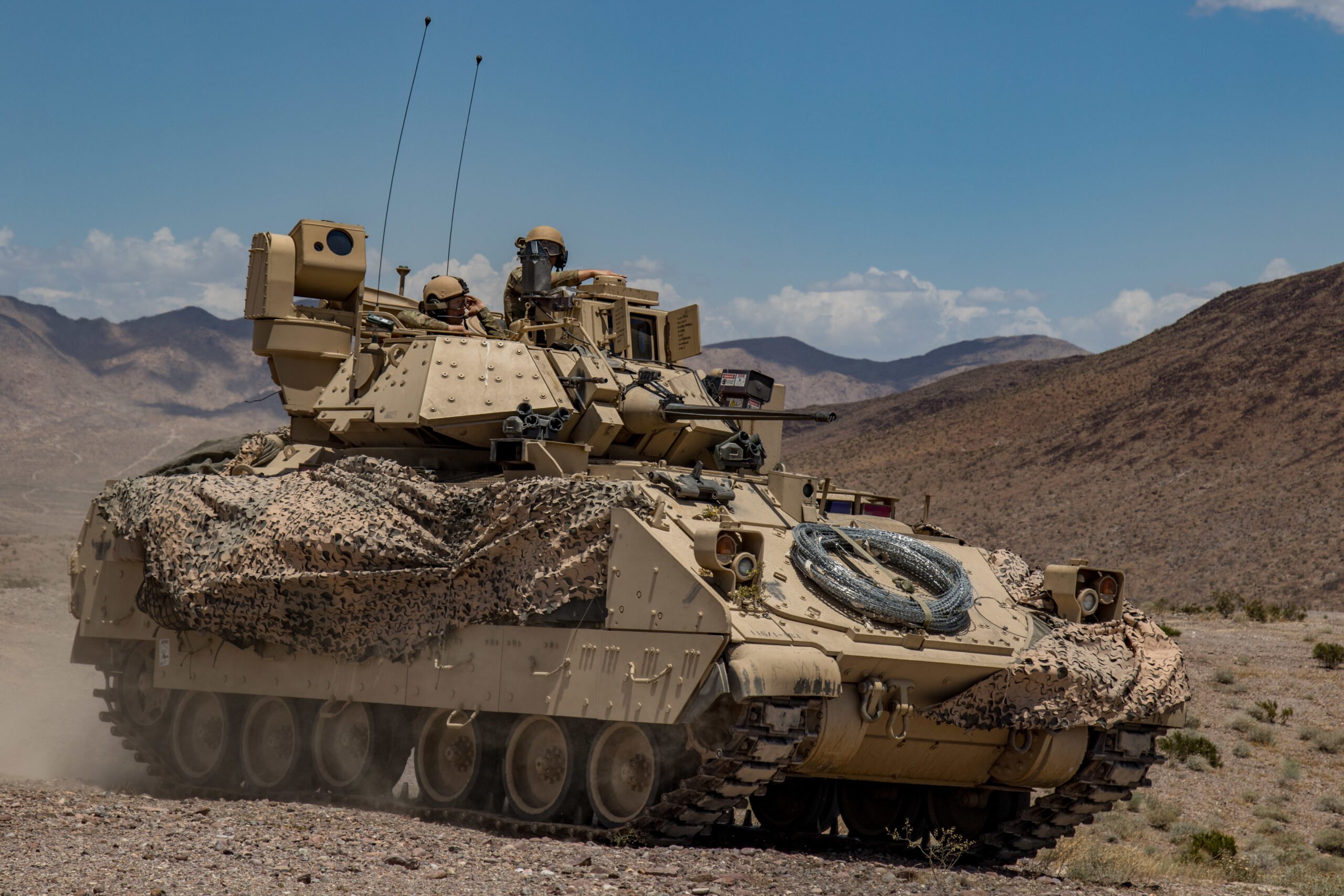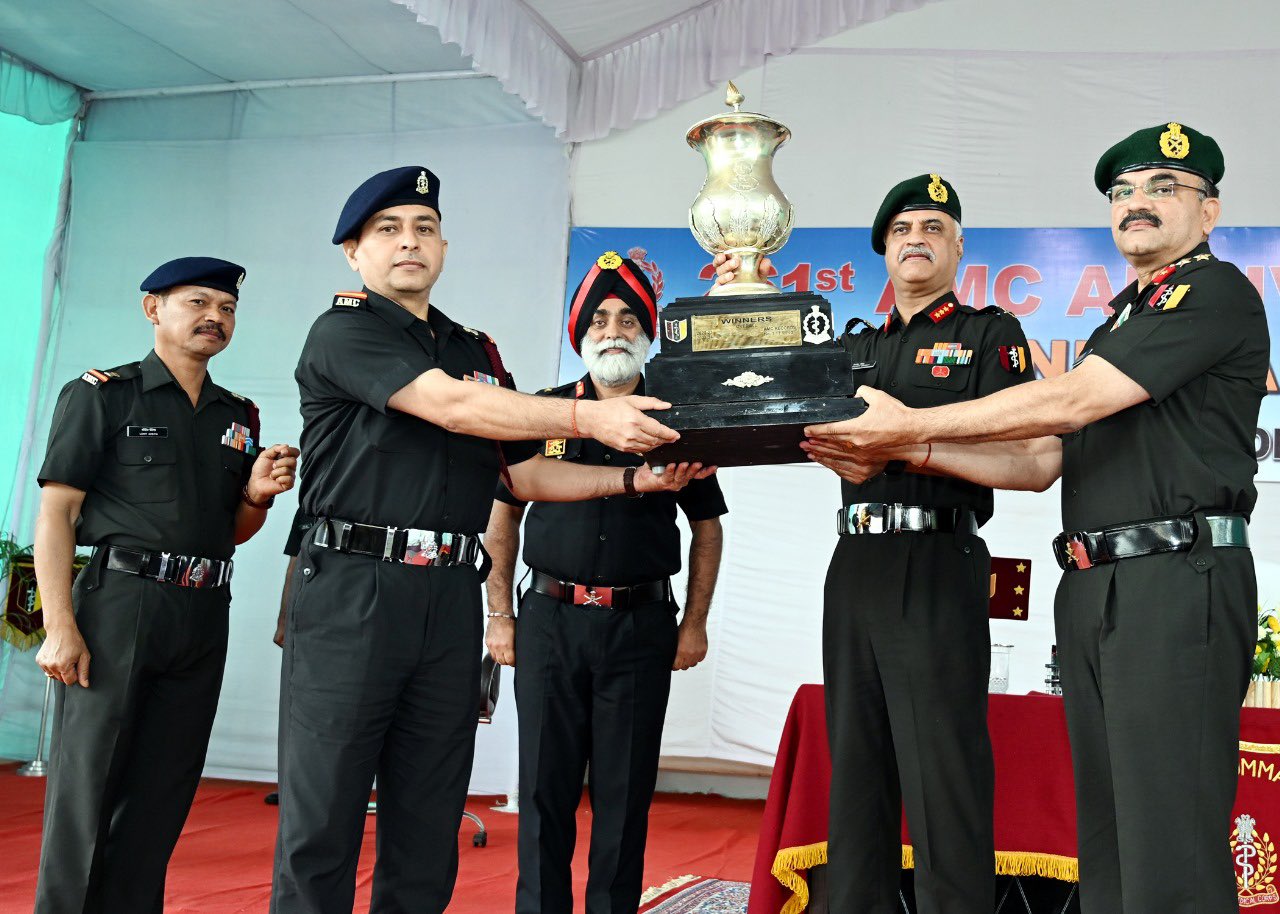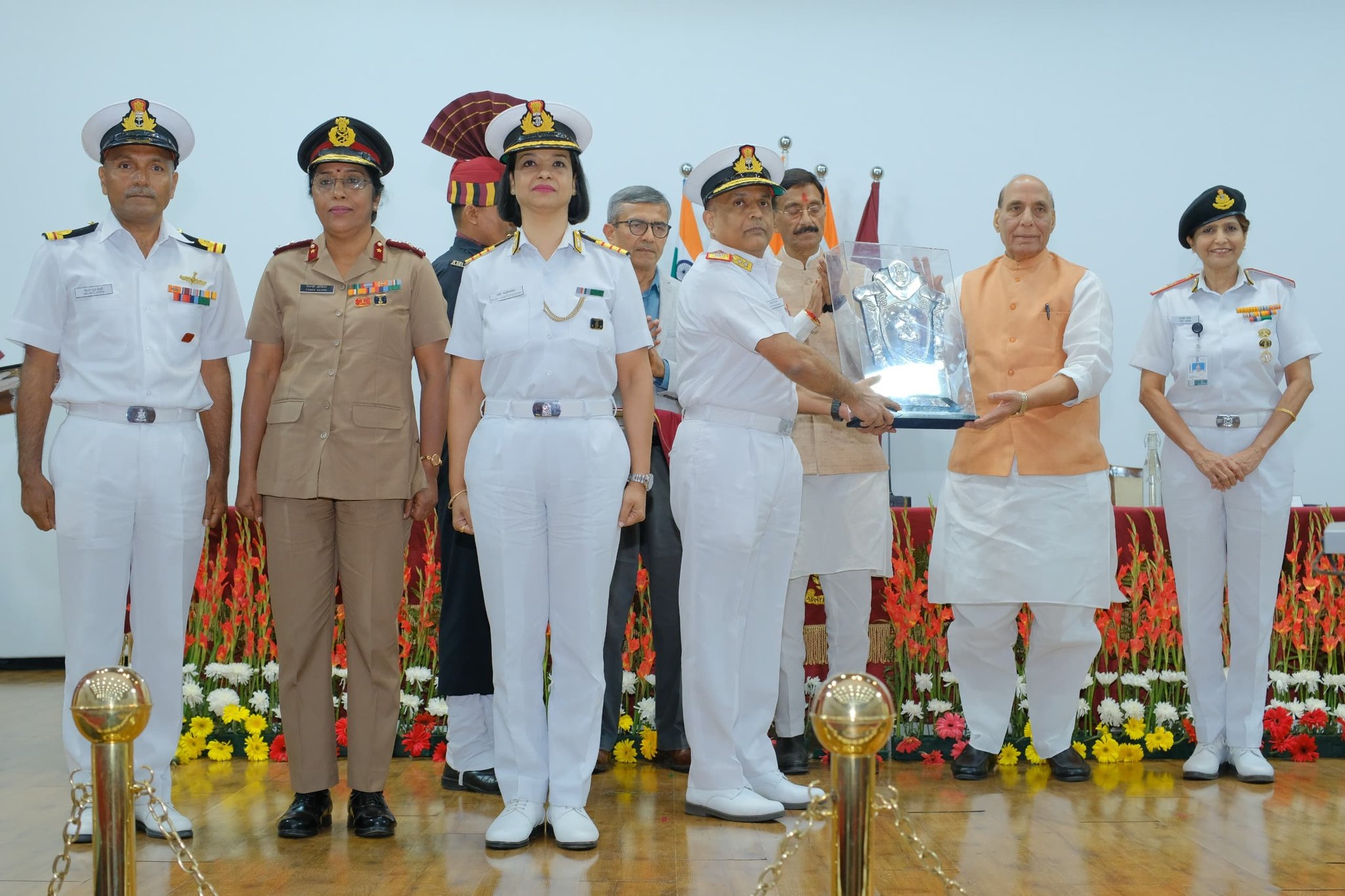Babcock has established a partnership with Colorado-based PteroDynamics Inc. to delve into opportunities for tactical unmanned aerial systems (UAS) in Australia and New Zealand. This collaboration is set to leverage Babcock’s industrial expertise in these nations alongside Ptero’s innovative Transwing vertical takeoff and landing (VTOL) platform.
The initial phase of this partnership aims to introduce the VTOL system into the Oceania market. PteroDynamics will provide training for Babcock’s experts, positioning them for future drone support contracts within the region. A significant milestone in this collaboration was reached in July when the Transwing UAS was successfully demonstrated at a military exercise in the Pacific, showcasing its ship-to-ship and ship-to-shore logistics capabilities aboard a US Navy guided missile destroyer. This biennial event draws approximately 25,000 troops from over 20 countries, underscoring the international significance of the demonstration.
Matthew Graczyk, CEO of PteroDynamics, commented on the potential for the Transwing in the region, highlighting Australia and New Zealand as leaders in autonomous UAS advancement. He expressed enthusiasm about the partnership, emphasizing Babcock’s esteemed reputation and deep connections with key customers, which will facilitate the meeting of current and future operational needs in a strategically important area.
The Transwing UAS, developed by PteroDynamics, has impressive specifications. It weighs 90 pounds (41 kilograms) and can carry a payload of 15 pounds (7 kilograms). With an electric engine, it can achieve speeds of up to 100 knots (185 kilometers/115 miles per hour) and has a range of 60 nautical miles (111 kilometers/69 miles). The 7-foot (2-meter) drone can ascend to altitudes of 10,000 feet (3,048 meters) and sustain flight for up to one hour.
Duncan Milne, Managing Director of Babcock Australasia Aviation & Critical Services, discussed the diverse applications for this advanced technology, which include surveillance, infrastructure management, and disaster relief. He highlighted the strategic benefits of the Transwing’s VTOL and wing-borne performance, particularly in littoral environments where logistics and resupply missions are currently conducted using crewed aircraft. Milne also pointed out the potential advantages for civil enterprises.
PteroDynamics has been proactive in expanding the reach of its Transwing system. Earlier this year, the company entered agreements to distribute the VTOL technology in countries such as Japan, the UK, the UAE, and Saudi Arabia. Additionally, in July, Ptero completed another successful Transwing demonstration at a multinational military aerospace convention in England, while securing a deal for continued testing of the aircraft for the US Air Force. The collaboration between Babcock and PteroDynamics promises to enhance the presence and capabilities of unmanned aerial systems in the Oceania region.

